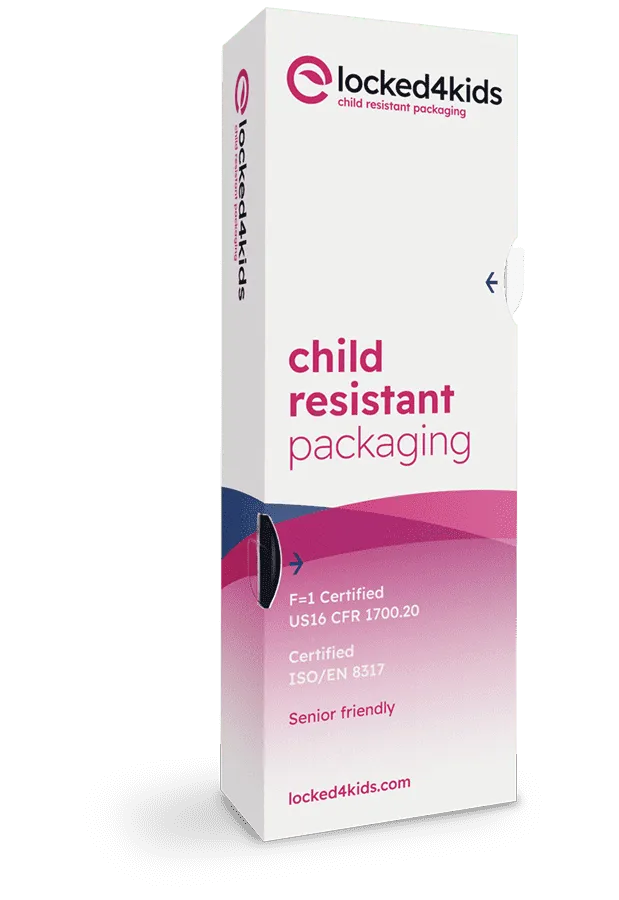In the current era, where sustainability and environmental responsibility are at the forefront of consumer concerns, the demand for eco-friendly packaging solutions has significantly increased. Among these, molded pulp packaging has emerged as a standout option, offering a perfect blend of practicality and environmental stewardship. This blog post delves into the complexities of creating this packaging, highlighting how to make molded pulp packaging, technical nuances, environmental benefits, and the challenges encountered along the journey.
How to make molded pulp packaging
The creation of molded pulp packaging - find the exact definition here - is an intricate process that involves several key steps, each contributing to the final product's effectiveness and sustainability.
- Material sourcing
The journey begins with the collection of recyclable paper materials, a critical step that sets the foundation for the eco-friendly nature of molded pulp packaging.
- Pulping
These collected materials are then transformed into a pulp slurry using water in energy-efficient machines, which consume approximately 2-5 kWh per ton of pulp.
- Molding
Subsequently, the slurry is transferred into molds. These molds, although potentially costly upfront, are a long-term investment that pays off in efficiency and precision, allowing for the creation of packaging shapes tailored to specific needs.
- Drying
The molded shapes are then subjected to a drying process, a critical phase that solidifies the forms. This stage demands significant energy input, highlighting the importance of seeking methods to optimize energy consumption.
- Finishing
In the final stages, the products undergo trimming and quality checks, ensuring each piece meets the high standards of durability and uniformity.
Through prototyping and testing, the packaging is evaluated for its protective capabilities, ensuring it aligns with industry standards and fulfills its role effectively.
Environmental considerations
Molded pulp packaging is not just a product but can also help in the image of environmental responsibility, offering multiple ecological benefits:
- Sustainability: Being biodegradable and recyclable, it represents a sustainable alternative to traditional packaging materials, contributing to the reduction of landfill waste.
- Recycling and waste reduction: Utilizing recycled materials and producing recyclable products enhances the circular economy, mitigating the need for virgin resources.
The challenges of making molded pulp packaging
Despite its advantages, the production of molded pulp packaging faces its own set of challenges:
- Design flexibility: Innovations notwithstanding, molded pulp can sometimes lag behind plastics in design versatility.
- Moisture sensitivity: Its propensity to absorb moisture can affect strength, though this is being addressed with biodegradable coatings.
- Cost implications: Initial production costs, especially for bespoke designs or small batches, can pose financial challenges, necessitating a balance between innovation and practicality.
- Recycling variability: The lack of universal processing capabilities for molded pulp can restrict its recyclability in certain areas.
While molded pulp packaging could offer a choice for businesses looking to minimize their environmental footprint, it also poses economic and practical challenges that must be carefully considered. It's crucial for companies to weigh the long-term benefits against the short-term hurdles and plan accordingly for a successful transition to this sustainable packaging solution. Looking for packaging design inspiration? Dive deeper into the topic!
Request a free sample now!











